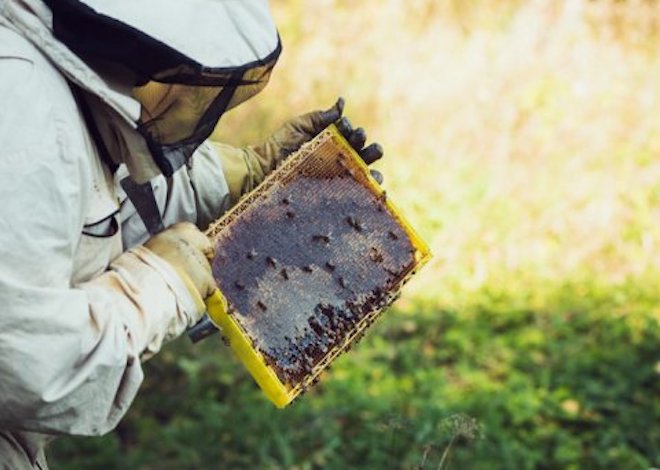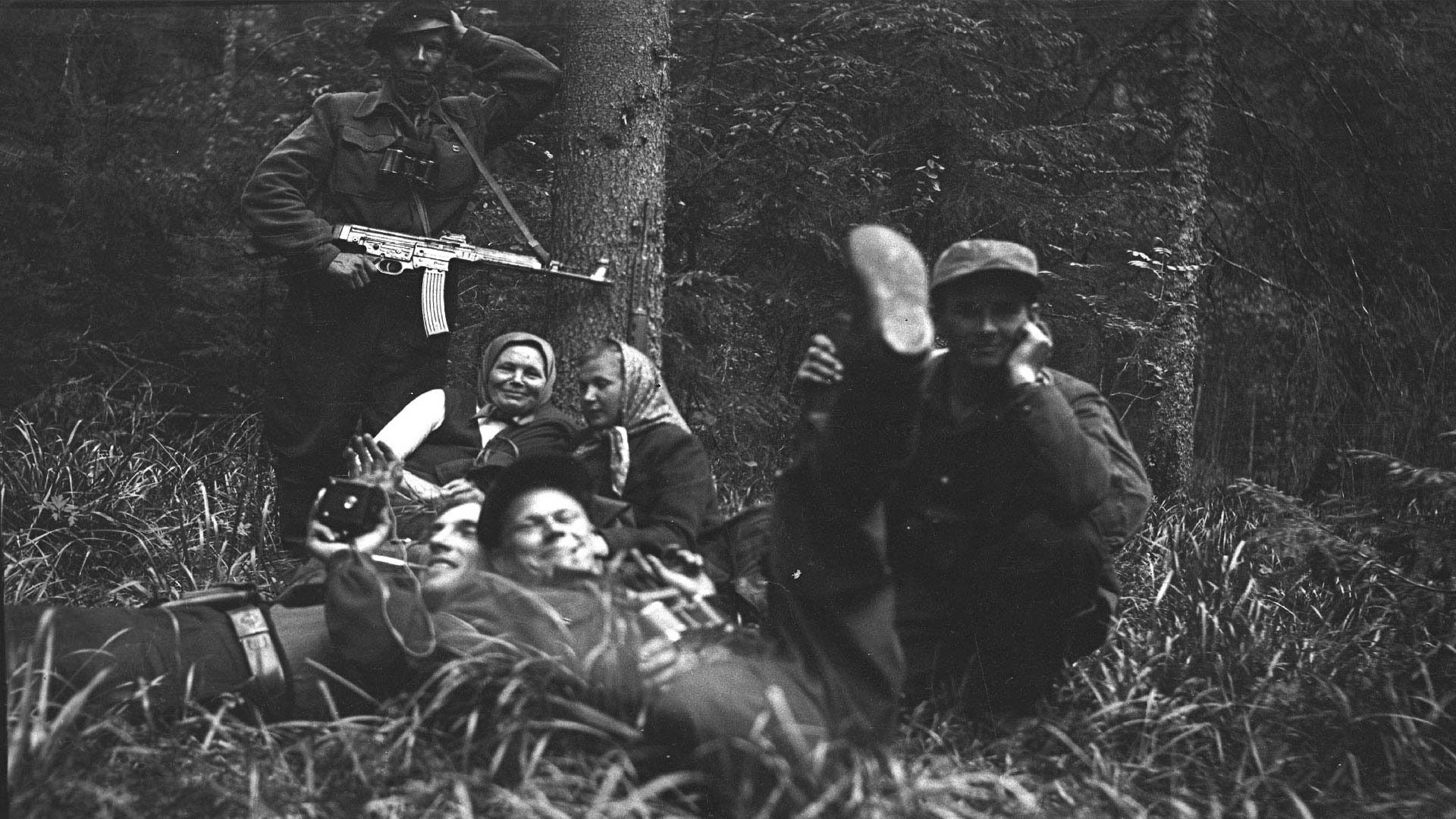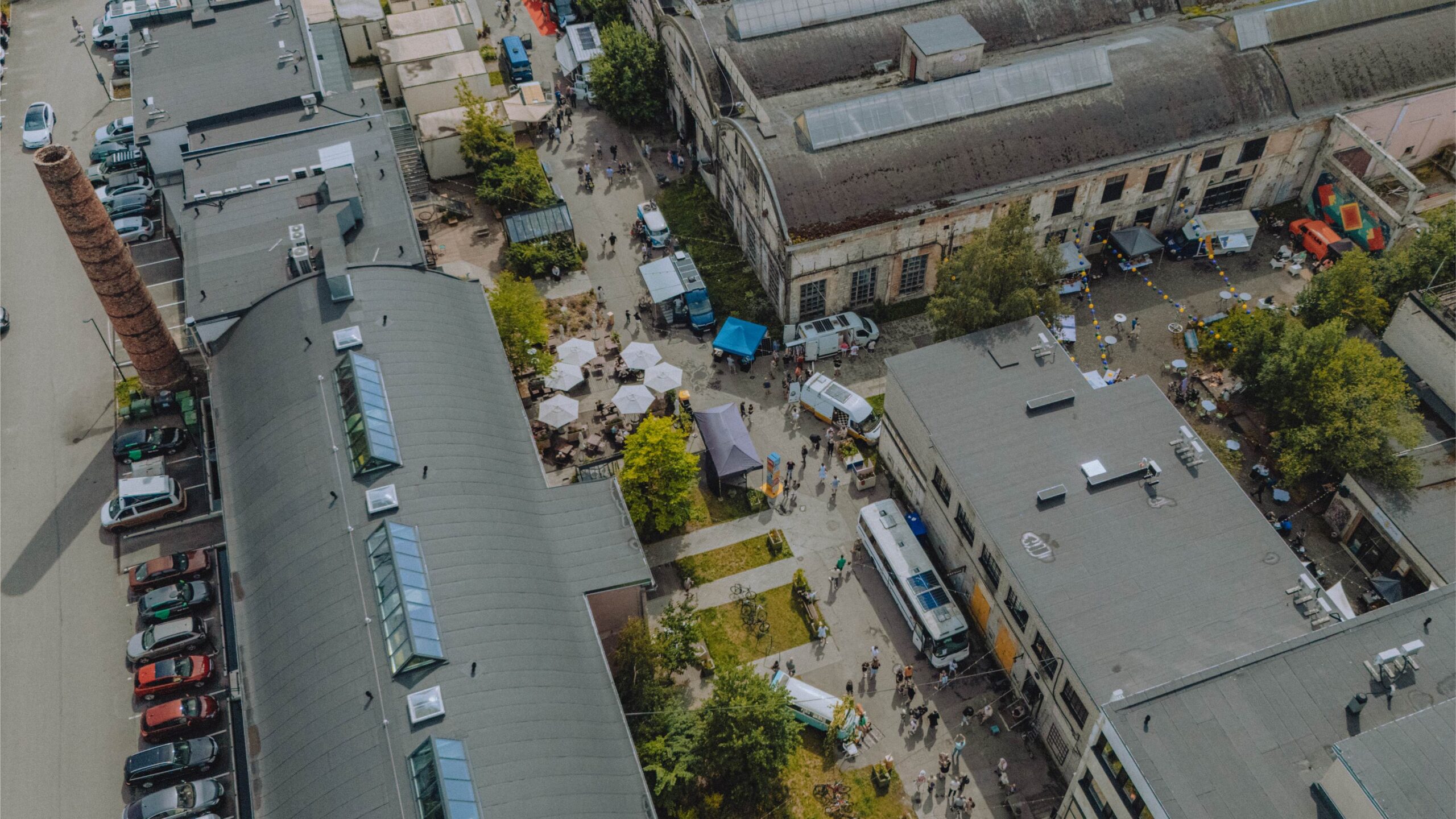Two years ago, the Netflix documentary series Rotten revealed the alleged corruption behind the United States' booming honey industry; claiming that diluted honey (filled with substitutes such as rice syrup) was being sent from multiple countries in Asia to counteract the dwindling number of honey-producing bee colonies in the US. This alarming claim has even instigated the use of scientists trained in melissopalynology (pollen analysis), to determine where honey comes from, both in botanical and geographical terms.
Diluted products aside, Canada has seen a similar downward trajectory in honey bee colonies. The Canadian Association of Professional Apiculturists reported that over the winter of 2018-2019, the national percentage of lost colonies was 25.7%. Statistics Canada reported at the end of 2019 that Canada-wide honey production levels dropped by 15.4% from 2018, to 80.4 million pounds. Alberta suffered the biggest losses of all provinces. Wildlife Preservation Canada and the Canadian Honey Council both support initiatives to protect the livelihood of bees, based on the increased wintering loss percentage.
Meanwhile, a study of beekeeping in Estonia by the Estonian Institute of Economic Research showed that since 2014, honey production levels have been over 1,000 metric tonnes (2,205,000 pounds). Even adjusted proportionately to the population size of Canada, Estonia's level of production is less. However, the report indicated a broad increase in the amount of bee colonies and the number of households that keep bees. Further, more than a third of those who keep bees (with less than 10 colonies) as a hobby have not registered their colonies with the Agricultural Registers and Information Board.
The same study showed that 38% of professional beekeepers in Estonia had faced a loss of bee colonies due to pesticides. Another study, by Risto Raimets from the Estonian University of Life Sciences, shows that this damage does not always come from insecticides used by apiculturists (commonly used to combat the Varroa destructor mite, for example); but rather, it can unintentionally come from plants that bees visit or it can be blown in the wind from the sides of roads where weed treatment has taken place. Though not necessarily correlating to this problem, the number of organic beekeepers has recently increased in Estonia.
While damage has been inflicted to the industry in both continents due to a combination of climate, pesticides, and other factors, in North America, the dry summer we've experienced this year is advantageous for the production of honey. In the Prairies, the season of production was from May to August. For Quebec and northern New Brunswick, it runs from the middle of May to September. Elsewhere in Canada, it can go from April to October. We may see an uptick in production when the numbers come in from both sides of the Atlantic.
Action will be needed for Estonian and Canadian beekeepers to protect their colonies from damaging elements, but for those outside of the industry, the best bet would be to plant flowers that are native to your area for wild bees. You can even build “bee hotels” to accommodate wild bees. That way, we can enjoy pure honey as well as safeguarding the health of crops that are pollinated by wild bees, for the benefit of our own beehive, so to speak!




